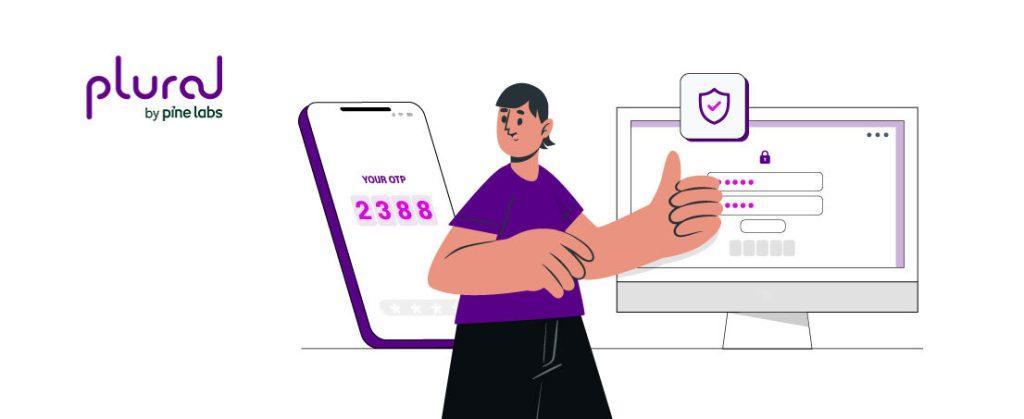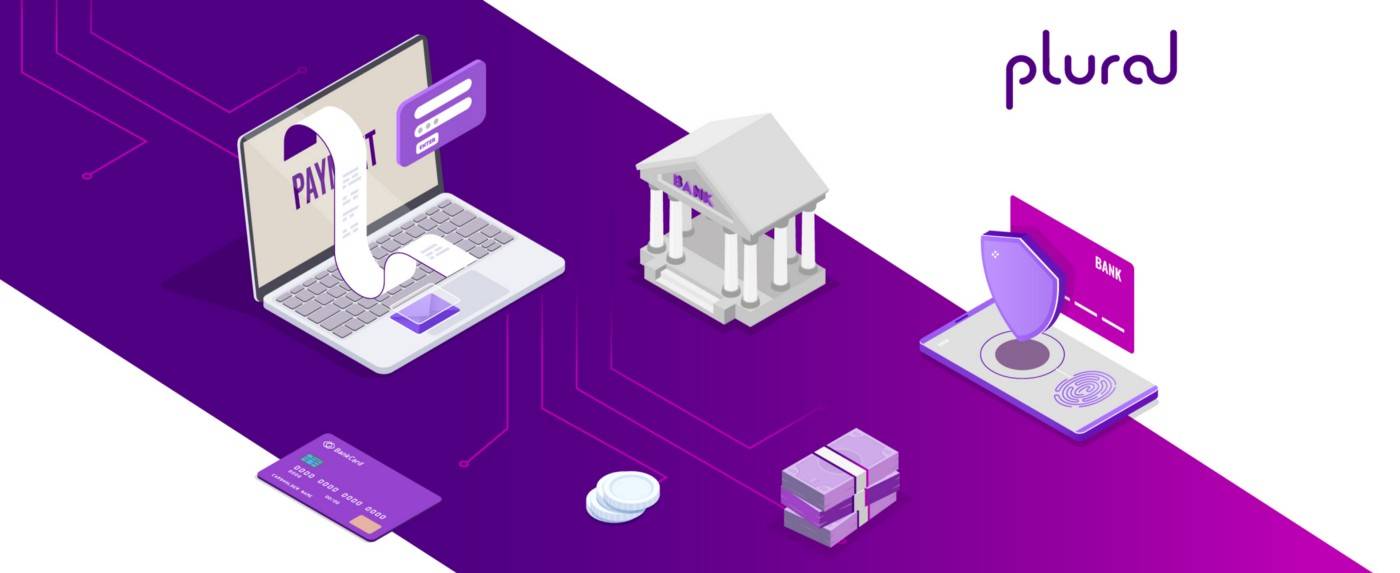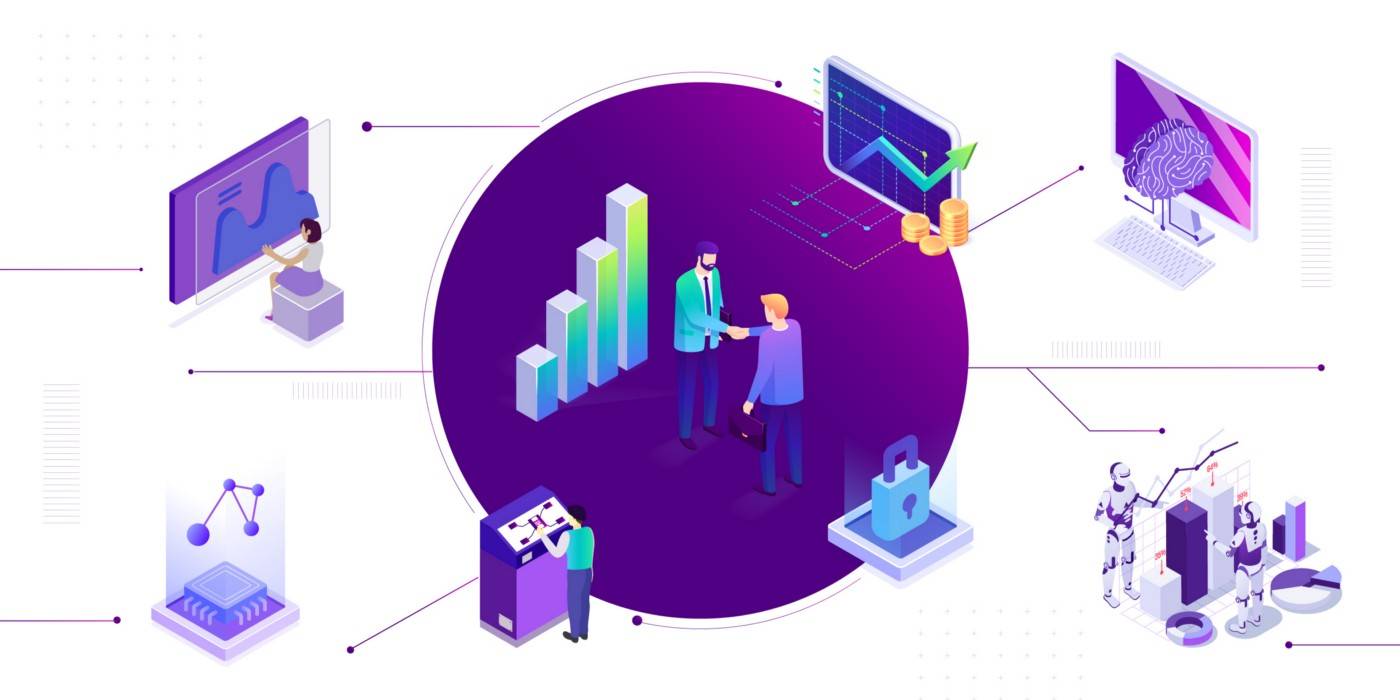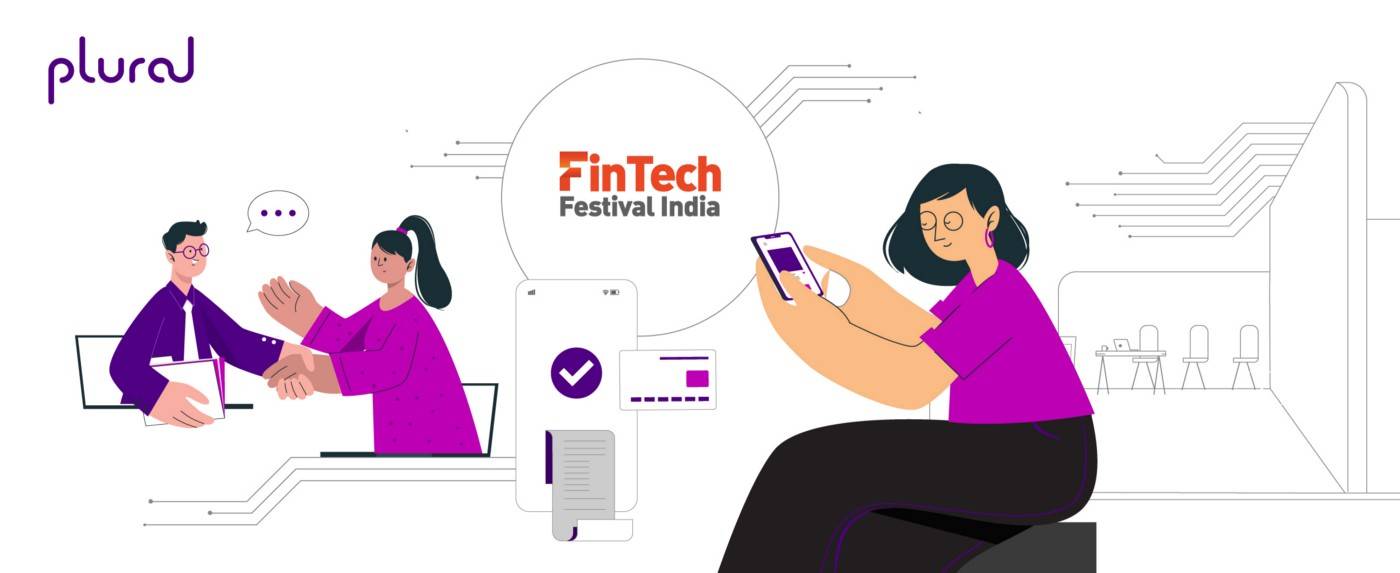It is no secret that the digital payment ecosystem is continuously expanding. According to a report by Redseer and Plural, digital transactions in India have surpassed Rs. 3.2K Lakh Cr in FY23 and are expected to reach 4k Lakh Cr by FY26. However, the increasing adoption of digital payments among customers brings new challenges in the form of cyber fraud and regulatory compliance. With digital payment fraud standing at Rs. 276 Cr in FY23, the security of online payments cannot be ignored. This is where two-factor authentication steps in.
The system adds another layer of security apart from your usual password to ensure your transaction is authentic. Today, we will shed light on the two-factor authentication feature and how it helps strengthen the safety of digital payments.
What is two-factor authentication?
Initially, digital payments often relied on single-factor authentication, typically a password, to verify user identity. However, this method puts users at risk as fraudsters can exploit and compromise their passwords.
Two-factor authentication (2FA) is an extra layer of security that helps protect your payment accounts from unauthorised access. It works like bolting your door with two locks instead of just one.
With 2FA, you’ll need to provide two pieces of evidence to prove your identity when logging in or making a payment. Usually, this involves something you know (like a password) and something you have (like a unique code sent to your phone).
Combining these two factors makes it harder for hackers to enter your account. Even if they guess or steal your password, they won’t have a second piece of evidence to verify their identity. It adds an extra layer of protection to keep your payments safe.
What are the authentication factors?
There are several ways to prove your identity using the two-factor authentication method. The most commonly used factors for 2FA are:
Knowledge factor
The knowledge factor uses something the user knows, such as a password or PIN, to authenticate the transaction.
Possession factor
The possession factor involves something the user has, such as a physical token, ID card, smartphone, or security token.
Biometric factor
Biometrics relies on the user’s unique physical characteristics or traits, such as fingerprints and facial or voice recognition.
Location factor
Location factor verifies the authentication attempt based on the user’s geographic location. It can be enforced by limiting authentication attempts to specific devices in a particular area or tracking the source IP address from the user’s mobile device.
Time factor
Time factor limits user authentication to a particular window of time in which logging on is permitted and restricts system access outside that window. It ensures that authentication attempts are authorized only during designated periods.
Most 2FA methods rely on the first three factors. The combination of these factors provides a stronger shield against payment risks.
How does two-factor authentication work?
In India, businesses or payment service providers are responsible for implementing two-factor authentication for their customers.
The process involves integrating authentication mechanisms, such as OTPs or other secure methods, into your payment platforms or apps.
Here is how a typical two-factor authentication works:
- When customers initiate the payment process on your platform, they enter their login credentials (username and password) to access their payment accounts.
- Your system verifies the credentials as the first authentication factor and ensures the customer is a legitimate user.
- After verifying the first factor, your system prompts the customers to provide the second authentication factor.
- Depending on the setup, customers may receive a unique code via SMS, email, or an authentication app on their smartphones.
- Customers retrieve the code and enter it into the designated field on your payment platform.
- If the code matches and the authentication is successful, customers can complete the payment transaction securely on your platform.
How does two-factor authentication strengthen the safety of digital payments?
Two-factor authentication offers several security benefits to businesses and their customers. Here are some ways 2FA bolsters the security of digital transactions:
Prevents unauthorised access
With 2FA, a user must provide two separate pieces of information to authenticate their identity. This additional layer of authentication makes it significantly harder for attackers to gain unauthorized access to payment accounts.
This reduces the risk of online payment fraud and instils user trust in the payment system.
Protects against credential reuse
Many people reuse passwords across multiple accounts, which can be risky. If an attacker obtains a user’s password from one service, they may try to use it on other platforms.
2FA adds an extra layer of protection, as the second factor required for authentication is unique and not easily replicated across different services.
Two-factor authentication reduces data breaches
Data breaches can expose large amounts of user data, including passwords. However, if 2FA is enabled, even if an attacker obtains the password, they still need the second factor to access the payment account.
This significantly reduces the impact of data breaches, as the stolen data alone cannot compromise the account.
Enhances transaction verification
The additional layer of authentication provided by 2FA ensures that the customer initiating the transaction is indeed the authorized account holder.
This helps businesses prevent friendly frauds or unauthorized claims, reducing the likelihood of chargebacks. They can save time, resources, and financial losses associated with dispute resolution.
Regulatory compliance
Many industry standards and data protection regulations, such as the (PCI DSS), mandate the use of 2FA to enhance the security of digital payments and protect sensitive customer information.
Even the Reserve Bank of India (RBI) requires that digital payments be enabled through two-factor authentication. Businesses can stay compliant with these regulations by adopting 2FA.
Payment authentication considerations
When implementing payment authentication, businesses must strike the right balance between security and user-friendliness. If security measures are too strict, it may deter customers. On the other hand, being too lax can attract fraudsters.
When it comes to verifying customer identity, mobile numbers are more reliable. They are unique and difficult to steal, making them more secure than email. It also helps to provide customers with a range of authentication options.
They can include push notifications, biometrics, SMS/voice, or even WhatsApp, whatever the customer finds the most convenient.
Final words
Two-factor authentication offers businesses a powerful tool to improve payment security. By implementing 2FA, companies can prevent unauthorised access, enhance transaction verification, and maintain regulatory compliance.
However, making the authentication process user-friendly is essential so customers can have a seamless payment experience while benefitting from additional security.
At Plural, we understand the importance of robust payment security. Our advanced payment gateway supports two-factor authentication, offering enhanced protection for your business and customers. Whether SMS-based codes, email verification, or app-based authentication, our payment gateway offers various 2FA methods to suit your business needs and customer preferences.
Besides, we implement various security standards and protocols such as Secure Sockets Layer (SSL), data encryption, Tokenisation, 3DS authentication, and anti-fraud tools to keep our users’ money and data safe. Choose our payment gateway and experience peace of mind with secure transactions. Contact us today to learn more or get started.

Amrita Konaiagari is a Marketing Manager at Plural by Pine Labs and Editor of the Plural blog. She has over 10 years of marketing experience across Media & Tech industries and holds a Master’s degree in Communication and Journalism. She has a passion for home décor and is most definitely a dog person.




